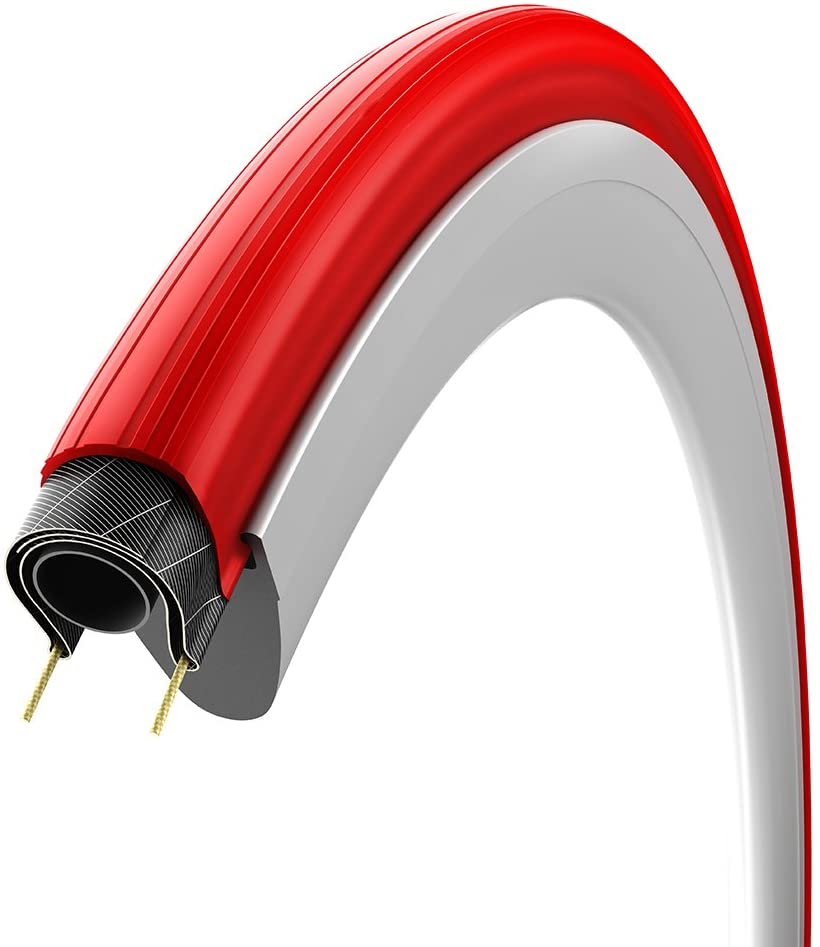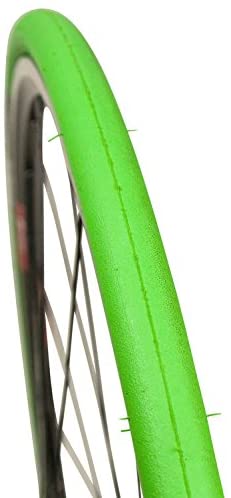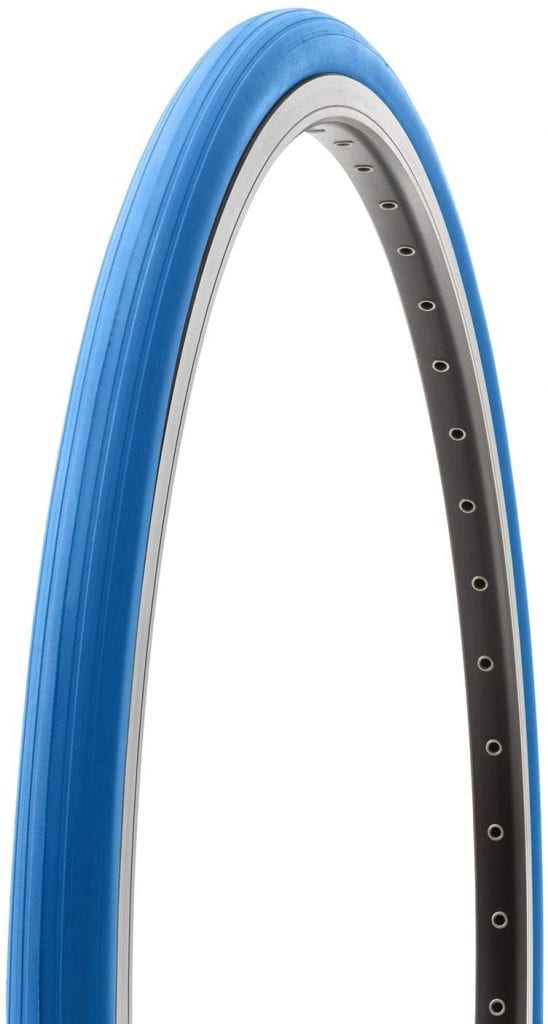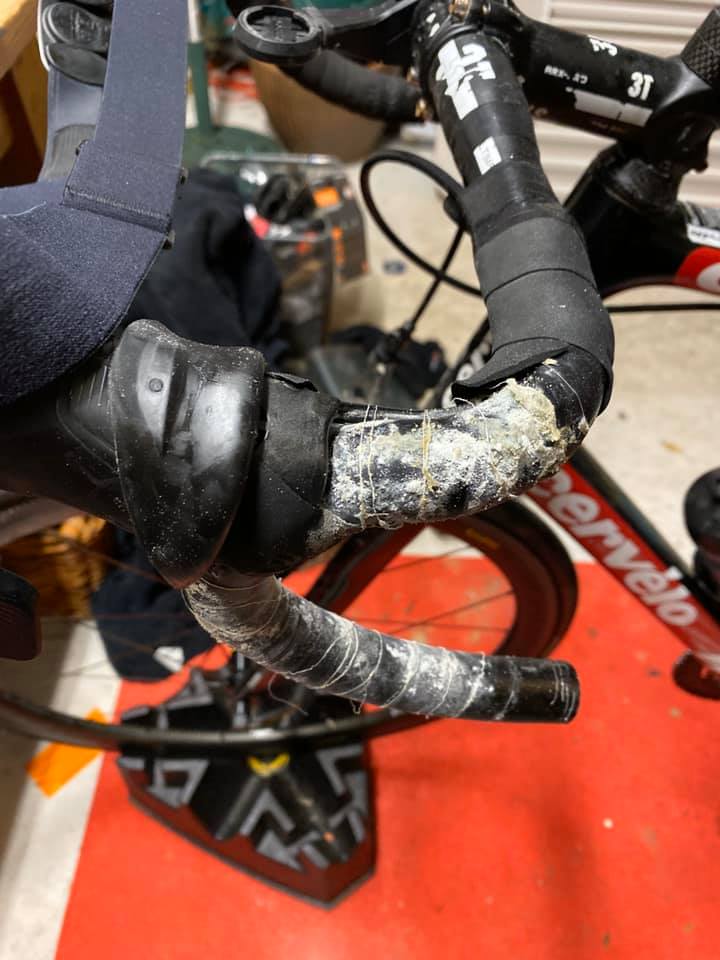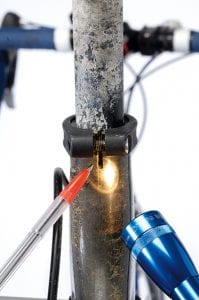While the “riding on a trainer will damage your carbon frame” myth has been officially busted, indoor riding can still pose a threat to your bike in two ways: wheel strain and sweat corrosion.
We’ve put together an exhaustive list of common trouble spots reported by riders who train regularly on Zwift. Also included are “indoor only” maintenance tips so you can enjoy every Zwift session without being interrupted by a mechanical!
Wheel Strain
Skewer
Your rear skewer handles more stress in a stationary setup than it will on the road. This can lead to a bent or flexing quick-release axle if you use an aluminum or titanium quick-release rear skewer, which can lead to your frame disconnecting from the trainer – which can severely damage your frame. This is why trainers typically ship with a sturdy steel skewer you can easily swap out. (Obviously, this isn’t an issue with thru-axle bikes.)
Solution: always use a steel skewer on your rear wheel when using a trainer.
A note on sprinting: keep in mind that, without a rocker plate, your indoor out of the saddle sprint technique will have to be different from your outdoor. Outdoor sprinting typically involves keeping your body fairly upright while the top of the bike moves side to side. Indoor sprinting requires the bike to stay fairly stationary, so your pedal and body motion will be more “up and down.” Here’s a video from Shane Miller discussing this topic >
Back Tires
“Wheel-on” trainers allow you to keep your rear tire on your bike and provide resistance by pressing a roller against your rear tire. These are the most common trainers used today due to their low cost and ease of use, but they will wear out your rear tire much more quickly than outdoor riding.
Solutions:
- Use a trainer tire: these tires are made to be used only on indoor trainers, so the rubber is grippier and the tread is smooth. They are usually brightly-colored so you don’t accidentally use them outside.
- Use a spare wheel: many cyclists have a spare wheel lying around–use it as a dedicated trainer wheel (with a trainer tire or an old tire you don’t mind wearing down).
- Don’t change anything: this was my approach in my first indoor season, and I was happy with it. My Gatorskin tire was rather worn at the end of the outdoor season anyway, so I kept it on all winter and put a new tire on when I started riding outside again.
Top-Rated Trainer Tires
Another thing to keep in mind with your tires is that it’s not good for them to have constant pressure in one small area, which is exactly what the resistance roller does when your back tire isn’t spinning.
Solution: disengage the resistance roller to prevent the creation of flat spots on your tire if you leave your bike on the trainer between rides.
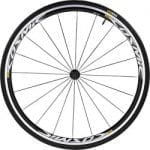
Front Wheel Spokes
Out of the saddle riding (even if not sprinting) is going to put significant load through a handful of spokes, leading to uneven fatigue.
Solution: Rotating your front wheel 1/4 turn before each workout or once a week will even the fatigue.
Sweat Corrosion
No serious cyclist can avoid sweating on their bike, but we must understand that sweat eats metal. Of course, it’s important to have a good fan or two to reduce sweating and encourage drying as much as possible. But even then, you will sweat, and this can cause major damage to your bike. Here are the key problem areas to keep in mind:
Handlebars
We’ve heard many stories of cyclists snapping their aluminum handlebars because they were corroded from sweat. Aluminum handlebars are typically anodized to prevent this corrosion, but scratches or flaws in the anodized surface can lead to bar-weakening corrosion.
The challenge is that you can’t see handlebar corrosion since it is covered by your bar tape. And the danger, obviously, is that a handlebar failure outdoors may be catastrophic.
Solutions:
- Ride with gloves and/or a towel over your handlebars. Both of these will soak up much of the sweat that would otherwise make its way onto your bars.
- Change your bar tape at least once a year, and be sure to check for corrosion each time you do so.
- Apply Boeshield T-9 to your clean bars to prevent corrosion.
- Use carbon instead of aluminum handlebars. It won’t corrode!
Headset/Top Tube
The headset and top tube are directly in your sweat “splash zone,” and these are two parts you definitely want to keep in tip-top shape. Sweat will corrode your headset bolts and any exposed aluminum, and can even damage your paint.
Solution: get a sweat net. They’re cheap, and work great! We use Blackburn Sweat Nets which you can find on Amazon for ~$15.
Downtube and Bottom Bracket
Thanks to gravity, sweat on your downtube will find its way to your bottle cage bolts and eventually your bottom bracket. Both of these are problem areas – the bottle cage bolts can corrode when sweat bridges the gap to your carbon frame (see “More on Sweat” below). Your bottom bracket’s metal parts (and the cables which may run beneath it) can also corrode from accumulated sweat.
Solution: a sweat net (see above) should keep sweat from your downtube as well, but check to make sure it is staying clean. If it isn’t be sure to wipe it down after each session.
Seatpost
If sweat gets on your aluminum seatpost it will quickly move down to the seat tube and create corrosion/seizing problems at the top of your seat tube.
Solutions
- Apply grease or anti-seize compound to your seat post and clean it regularly
- Use a carbon seat post
ANT+ Dongle
We’ve heard more than one story from Zwifters who had their ANT+ dongle in a place where it was catching drips of sweat. This is a death sentence for anything electronic!
Solution: relocate the dongle, or place it inside a plastic bag or plastic wrap.
More on Sweat
Carbon and aluminum lie on opposite ends of the galvanic scale, which means connecting them with an electrolyte (such as your salty sweat) effectively creates a battery which will greatly speed up aluminum’s corrosion. So pay attention to where your sweat falls, and make sure you don’t let it stay on your bike for long.
Additionally, if you spot any corrosion, don’t wait for the part to fail. Replacing your handlebars now is much cheaper than fixing a broken collarbone later.
What About You?
Have you had any problems with indoor training damaging your bike? Got suggestions for other Zwifters? Share below!

